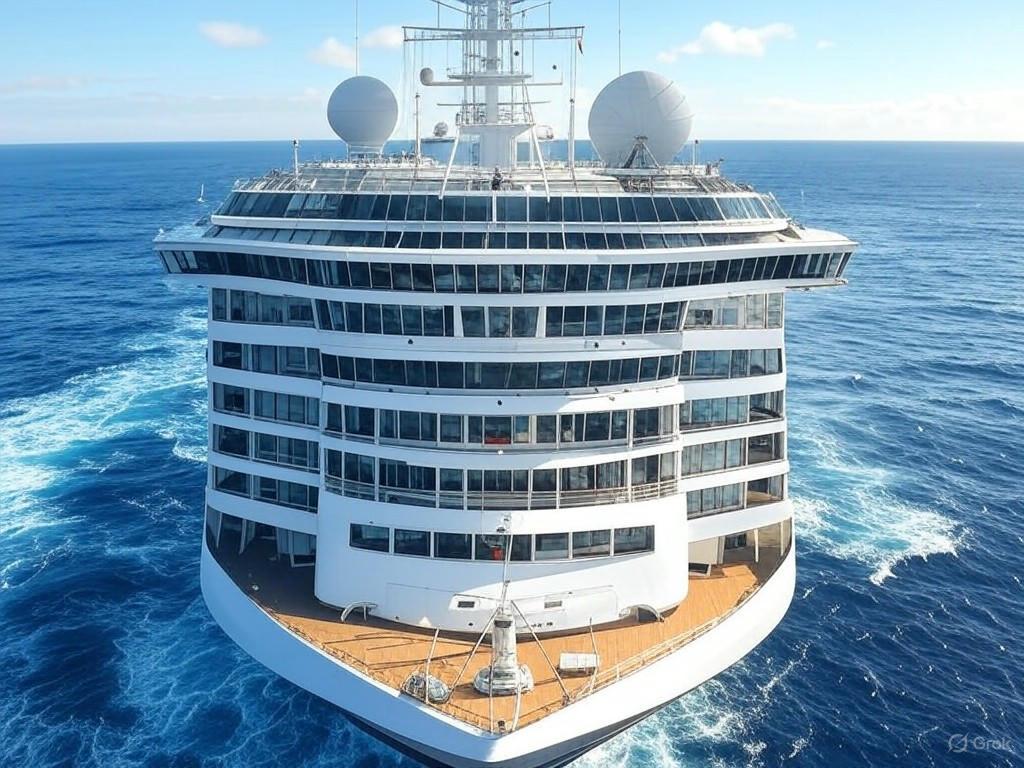As cruise ships continue their voyage through the vast oceans, the need for reliable internet connectivity becomes increasingly paramount. Enter Starlink, SpaceX's ambitious satellite internet service, which promises to reshape maritime connectivity. But like any voyage, the journey with Starlink is not without its hurdles.
Starlink aims to provide high-speed internet even in the remotest corners of the sea, making it an appealing option for cruise lines and maritime transport looking to enhance onboard communication[1]. Its satellites orbit closer to the Earth than traditional satellites, significantly reducing latency and providing faster data speeds, which is crucial for ships sailing far from urban areas.
However, the integration of Starlink isn't as smooth as the calmest sea. Many cruise lines have adopted a cautious approach, banning personal Starlink devices onboard on account of regulatory, technical, and operational challenges[2]. These challenges include potential interference with the ship's communication and navigation systems, which can compromise safety. The cruise lines also need to control internet use on board to maintain service quality for all passengers, leading to restrictions on personal satellite devices.
The cost of implementing Starlink also factors into its adoption. Though it offers potential reductions in operational costs and improves guest experiences with reliable internet, its deployment requires substantial investment and infrastructural changes within the ships. Cruise companies need to strike the right balance between incurring costs and enhancing passenger satisfaction, a delicate equilibrium in the competitive cruise industry.
Furthermore, while Starlink's promise of reduced latency holds potential, users have reported less reliability, with frequent connection drops experienced during various voyages. Such inconsistencies lead to passenger dissatisfaction despite the high-speed promises[3]. This nascent technology needs refining to meet the robust demands of sea travel before it can become the standard.
Yet, the prospect of reliable onboard internet remains too enticing to ignore. Starlink promises to keep travelers connected even in the middle of the ocean, opening new possibilities for entertainment, communication, and work. As SpaceX improves its technology and infrastructure, we may soon witness a new era of maritime connectivity, where all passengers can enjoy seamless internet access while cruising.
While Starlink's maritime journey is just beginning, its impact on the industry's connectivity landscape is undeniable. As technological hurdles are addressed and cruise lines navigate the complexities of implementation, Starlink's potential will grow, redefining internet experiences at sea.
References:
1. Icomera and SpaceX Starlink to Transform Onboard Rail Connectivity
2. No Starlink Allowed: Why Cruise Ships Ban the Satellite Devices
3. I had high hopes for Starlink at sea, but satellite internet still needs work







